The Art of Misdirection
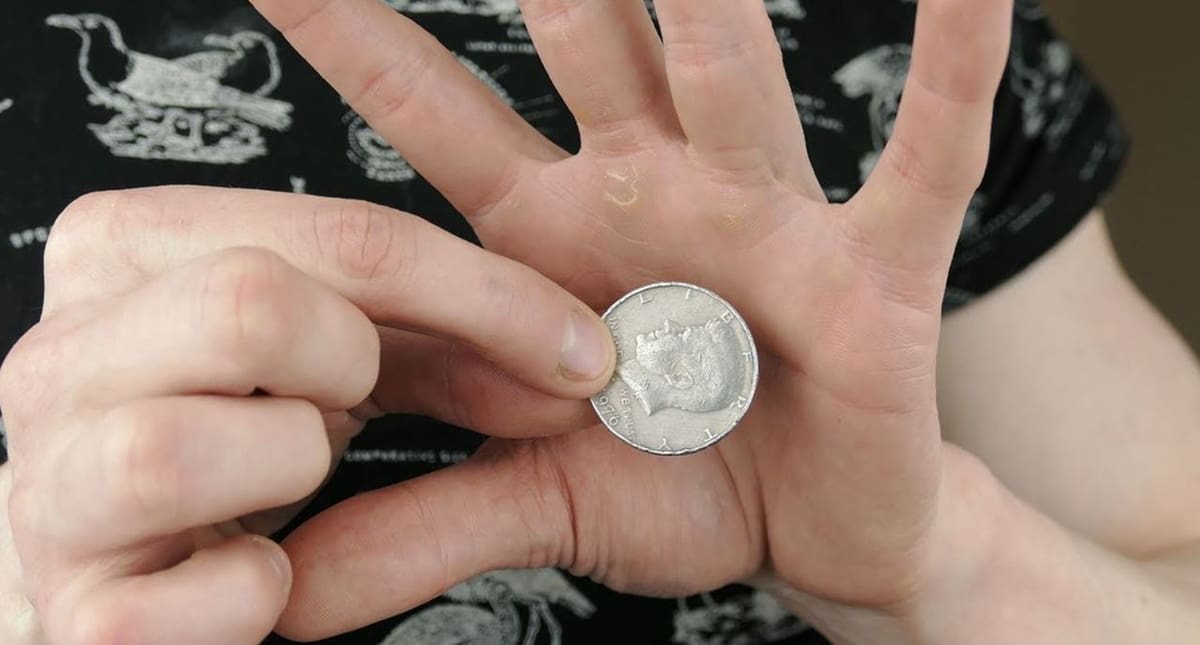
Magic is a fun pastime and skill to develop. And even if you’re not that committed, basic magic tricks can be learned easily and are a nice thing to do for kids or when you want to impress family and friends.
In this article, we’ll show you 10 of our favorite 3D printable magic tricks, which are typically contraptions or gadgets. For each model, we’ll provide an overview of how to perform the trick and printing suggestions.
If you see a trick that you’d like but don’t have the means or desire to print it yourself, try Craftcloud. With a range of materials and finishes, you can be showing off your magic skills in no time!
Disappearing Coin

First, we have the classic disappearing coin trick, using a three-part, 3D printable contraption. The trick can be performed by connecting the two inner parts, sliding a quarter into the center hole, and then sliding it into the external print. When you pull it out the first time, it’ll have disappeared. But when you pull it out again, it’s back!
The designer listed a few of the print settings they used including 100% infill and no raft or supports. When printing the inner box part, it’s recommended to pause the print when it reaches 80 mm and then insert the slider part inside to conceal it.
Who designed it? AZDawg
Who printed it? This disappearing coin model has 1 Remix and almost 4,400 downloads.
Where to find it? Thingiverse
Pencil Puzzler

Next, we have a puzzling model that allows you to slide a 3D printed pencil in, break it into pieces, and then reconnect it without ever touching it directly. The trick works by putting a pencil into an alternative slot and showing the viewer another broken pencil.
This design is slightly mechanical, consisting of eight printable parts. The creator of this design recommends taking a look at the complete STL file provided before printing to get a visual idea of how it fits together.
Although no actual printing details are given, the designer does suggest filing and sanding the pieces to achieve a good fit. It’s probably best to print these parts as dimensionally accurate as you can to limit how much post-processing you’ll have to do.
Who designed it? gzumwalt
Who printed it? This pencil puzzler design has over 3,700 views as well as almost 500 downloads.
Where to find it? MyMiniFactory
Levitating Ball
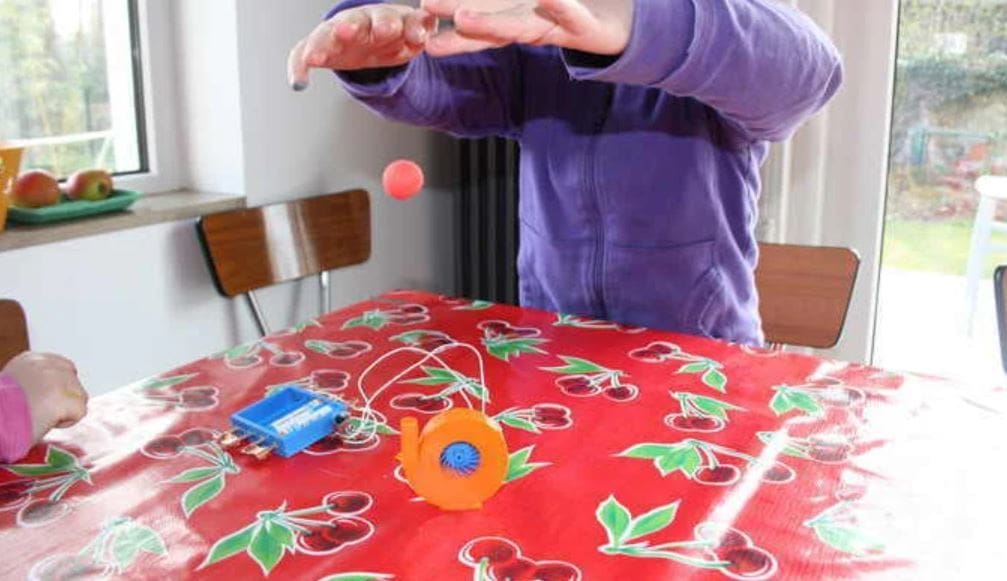
Another fun trick is a levitating ball that makes it seem like you’re controlling the air around the ball. This one requires a bit more assembly and work than the other tricks on this list. You’ll need a fan, a 3D printed fan case, some electrical components, hardware, and more.
The fan makes the ball hover mid-air. Based on the fan style, it might even be possible to use certain 3D printer fans (5015 fans). If you use a motor, you’ll also have to print a fan blade. There are detailed assembly instructions on the project description page.
Who designed it? bmcage
Who printed it? This levitating ball project has 1 recorded Make and almost 2,000 downloads.
Where to find it? Thingiverse
Picture Frame
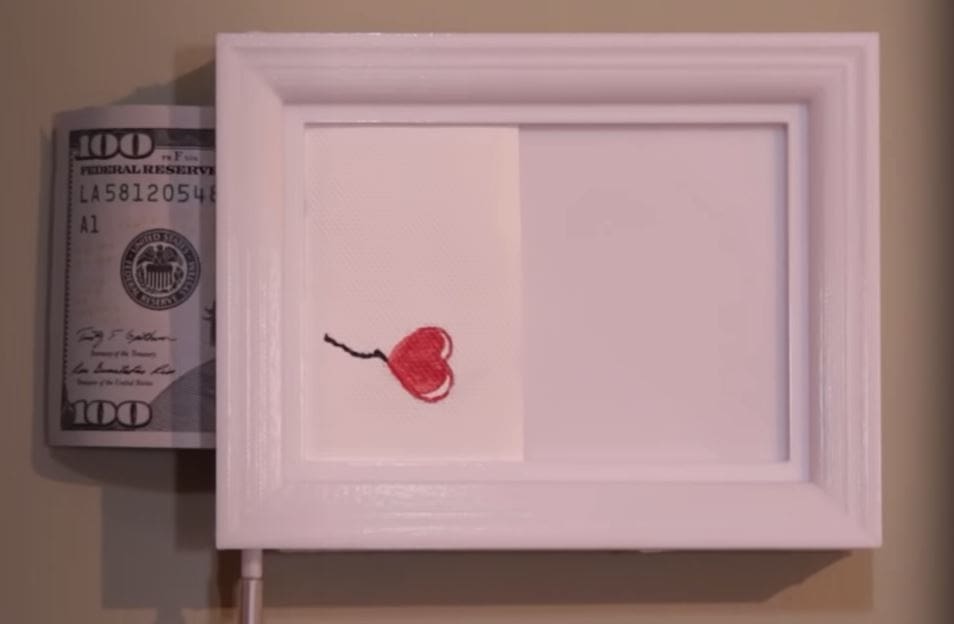
While this frame looks like any old picture frame, it allows you to move one piece of paper and push a different piece through. The magic makes it look like you turned a piece of art into money!
The design is a multi-part contraption that uses some 3D printed parts and some other hardware, including tracing paper, rollers, and some screws. The maker listed a few of the print settings they used to successfully print this frame, including a 10% infill with supports activated.
Who designed it? daveab
Who printed it? This Banksy frame model has 2 recorded Makes as well as over 7,300 downloads.
Where to find it? Thingiverse
Special Wallet
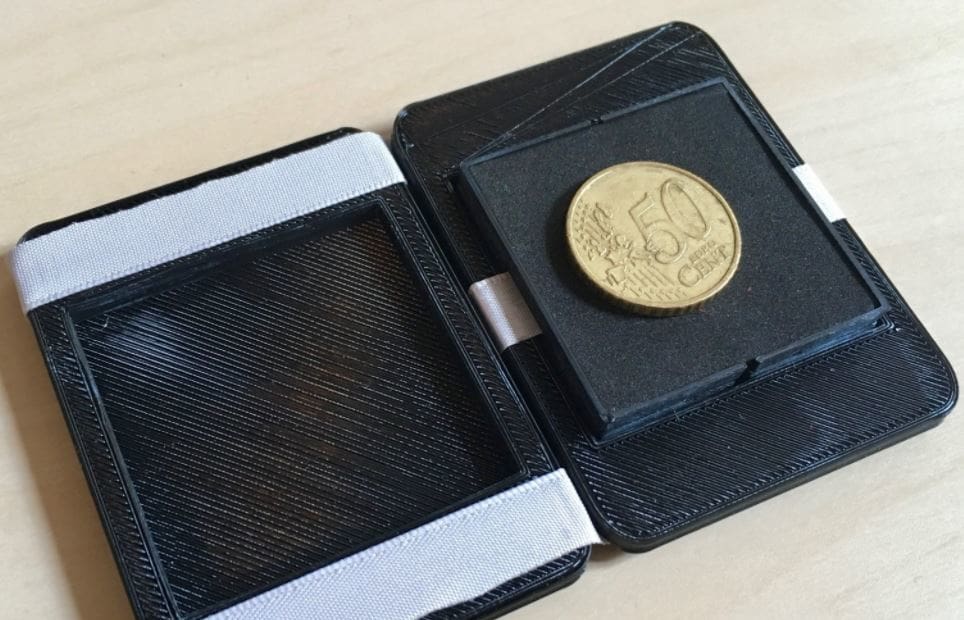
This next trick is sort of similar to the first one, however, it uses a different method to make a coin disappear. You can construct the wallet using 3D printed parts as the base material, plus some paper, ribbon, and additional items. If you don’t have those on hand, the wallet can be fashioned out of other materials like cardboard, wood, or even duct tape as the base material.
This magic trick can be performed with the prop and misdirection techniques to make the audience believe that the wallet can only open on one side, when in fact, it can open on both sides.
This design’s creator listed that they used a 20% infill to print the parts needed for the wallet in PLA with no supports. There are detailed assembly instructions on the corresponding Instructables page.
Who designed it? Maltek
Who printed it? This magic wallet design has almost 200 downloads with over 3,200 views.
Where to find it? Cults (full instructions from Instructables)
Coin Piercing
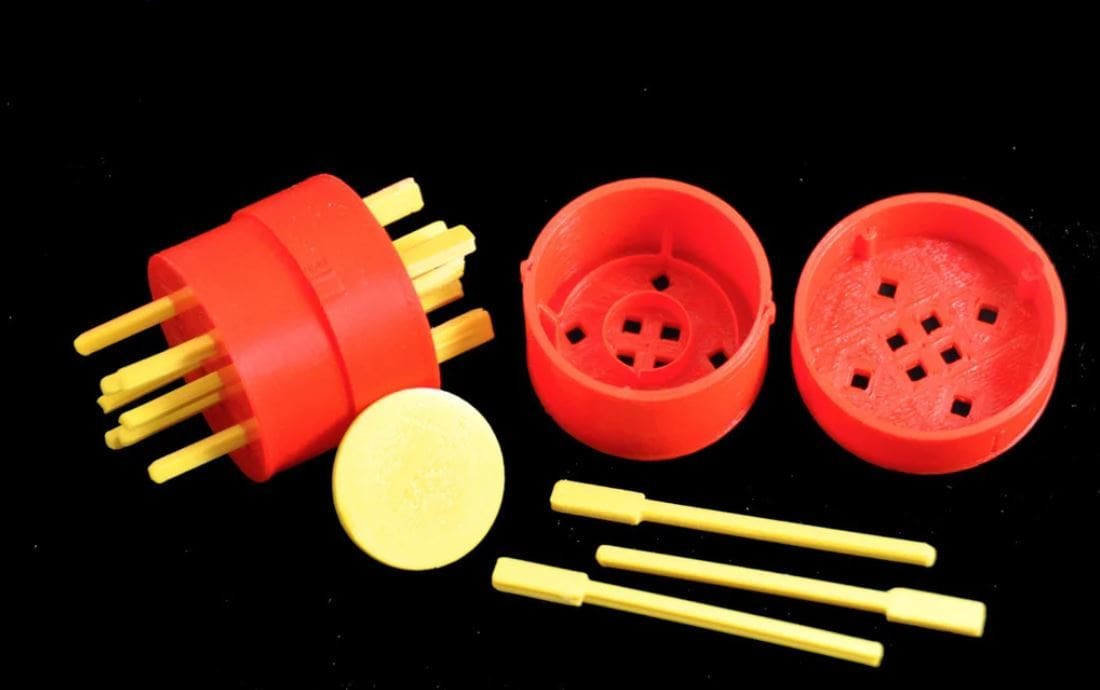
This trick involves placing a coin in a container and inserting eight pegs that appear to pierce the coin, before you reveal that the coin is perfectly undamaged! To perform the magic, pierce one of the outer holes first. This will flip the coin on its side and allow the other pins to pass through.
This model’s design has been updated a few times to account for system errors, including that the model now has alignment tabs to ensure the trick works. The creator states that they printed the parts for this trick with a 100% infill and four shells. They also note that printing the pins with a raft may be helpful.
Who designed it? dnewman
Who printed it? This coin piercing trick has 28 recorded Makes and almost 14,000 downloads.
Where to find it? Thingiverse
Predictable Die
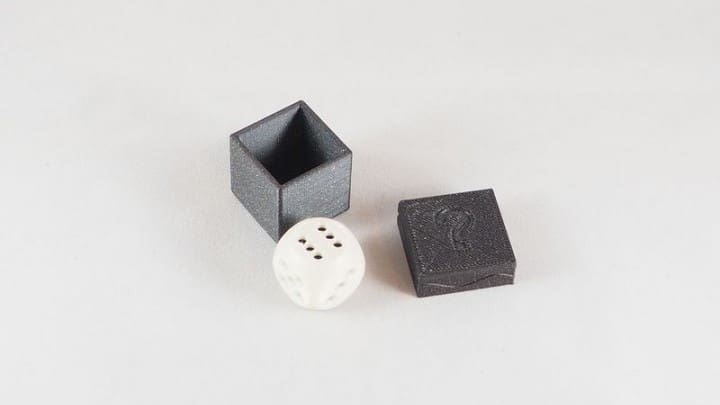
This next trick allows you to easily predict which number is face-up on a die, even when it’s enclosed in a box.
For this trick, a die is placed in a lidded box that prevents the die from moving and spinning. Then, because the box is geometrically perfect, the lid can be moved to the side of the box so you can accurately predict the number on the die.
Who designed it? hreb3d
Who printed it? This model has over 300 views and a lucky 13 downloads.
Where to find it? MyMiniFactory
Floating Magnet
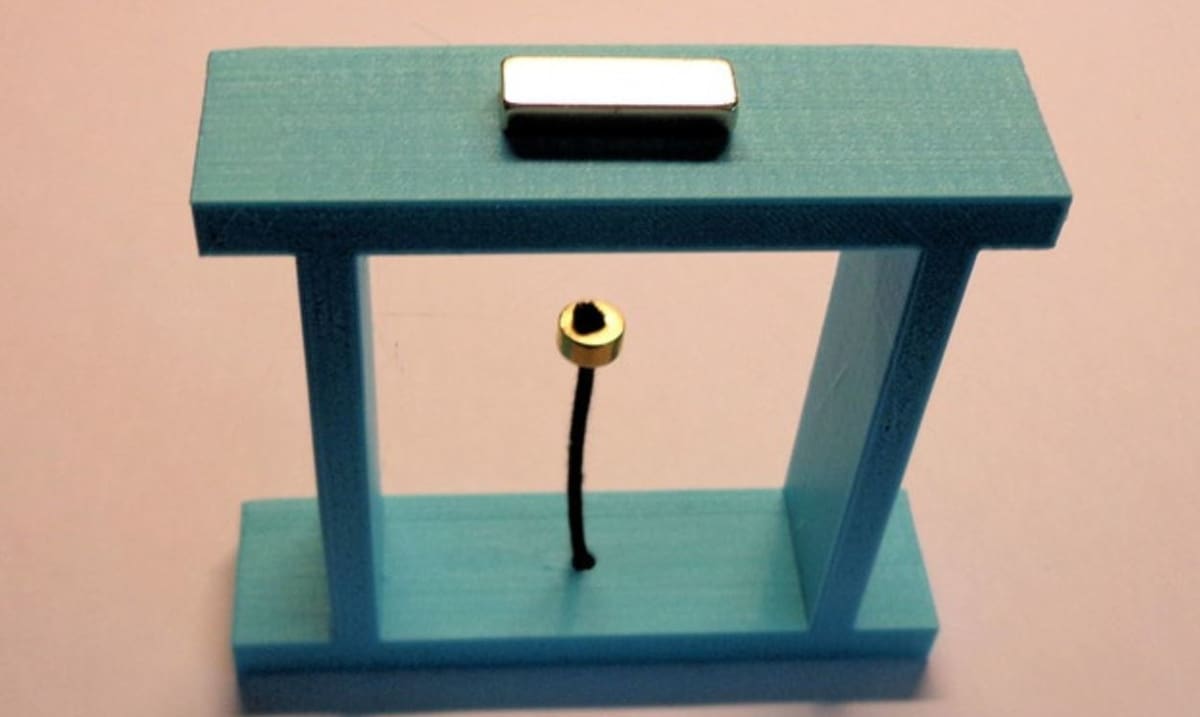
This trick print allows you to place and conceal a magnet so that another magnet will look like it’s floating, defying gravity. You’ll need two 3D printed parts: one base and one concealed compartment where a small rectangular magnet can go. The compartment is placed on top of the base, and a small rope with a circular magnet is tied down to the bottom of the printed base.
The two magnets will attract but never touch because of the rope, making it seem like you’re using magic to cause the circular magnet to float. The designer states that for the rope part, you can use a small neodymium ring magnet around a shoelace.
Who designed it? Willem van Dreumel
Who printed it? This trick has 113 downloads and over 2,200 views.
Where to find it? MyMiniFactory
Pencil Through Bill
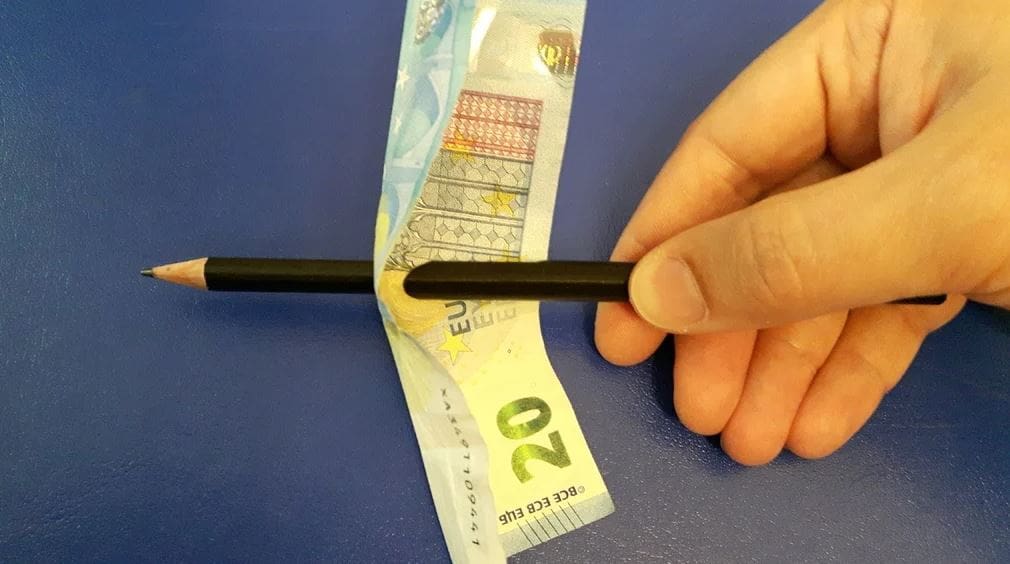
Next, the pencil-through-a-bill trick was popularized by the famous David Copperfield, who flawlessly performed the trick on national television. The trick involves a dollar bill and a pencil, and while we don’t completely understand how this trick works, you can perform it with a small, 3D printable gimmick.
The creator listed the print settings they used to make this model, including a 0.4-mm wall thickness, no raft, and no supports. They also suggest using Slic3r instead of Cura because the designer experienced more stringing in Cura. Note that it’s designed to fit around a pencil with a 7.5-mm diameter.
Who designed it? esra
Who printed it? This misled pencil gimmick has 542 downloads.
Where to find it? Thingiverse
Disappearing Handkerchief
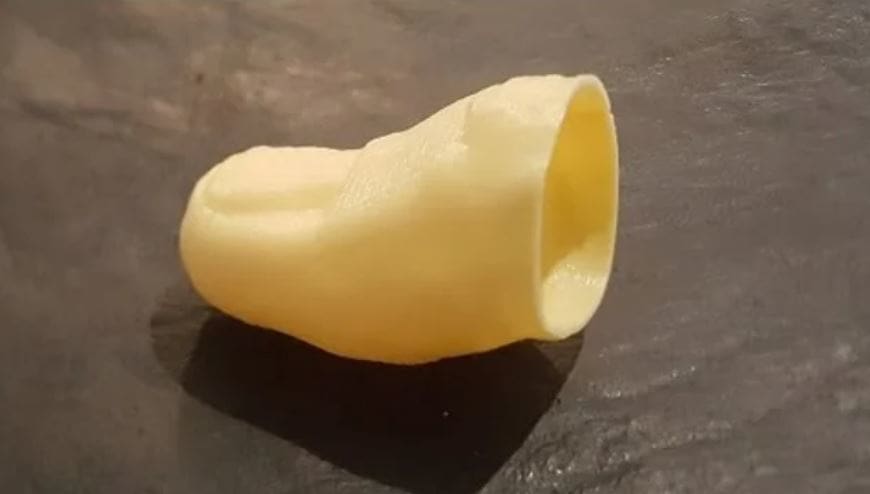
Lastly, this trick involves magically making a handkerchief disappear using a fake thumb that stores the cloth. As seen in the image above, the thumb is hollowed out, so you can fit your thumb as well as a cloth in it. According to the designer, the thumb should be scaled to 80-85% for a kid and 100-125% for an adult.
The designer recommends printing this thumb with a 100% infill and a 2-mm brim width. Based on the thumb’s design, you shouldn’t need supports.
Who designed it? hongo2
Who printed it? This fake thumb model has over 1,300 downloads.
Where to find it? Thingiverse
Lead image source: gsyan via Thingiverse
License: The text of "3D Printed Magic: 10 Impressive Magic Tricks to 3D Print" by All3DP is licensed under a Creative Commons Attribution 4.0 International License.